When it’s hot and sunny in Florida, there’s no place better to be than in the water. We’re lucky, then, that no matter where you are in Florida, waterways are nearby.
Six very special areas of water have been preserved as underwater parks. These range from national to county parks; from ocean shipwrecks to underwater caves.
Here’s a brief profile of each of them and why they’re worth visiting.
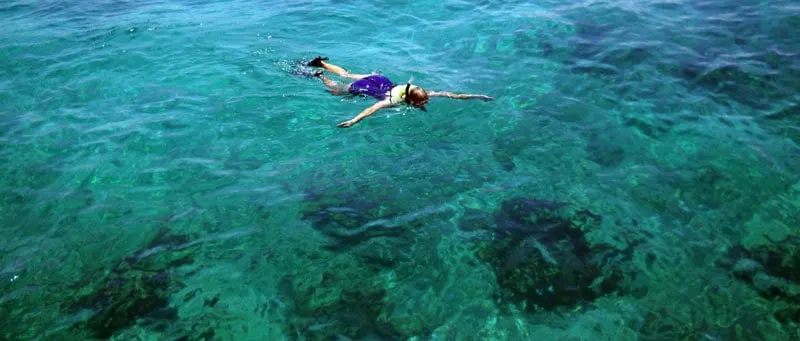
Biscayne National Park, Homestead
This is a big park – 172,971 acres – and 95 percent is underwater.
The park has sparkling turquoise water that is popular for snorkeling trips, including some that go to shipwrecks. There is no place to snorkel from shore, however, and most of the park’s attractions require arriving by boat.
Fortunately, the parks offers a range of boat trips, including snorkeling trips; the popular day trip to Boca Chita , an island with an intriguing past; tours past the iconic houses of Miami’s Stiltsville, and tours to see the off-shore lighthouses.
Closer to land, you can explore the mangrove-lined coast by kayaks you can rent, walk a scenic boardwalk into Biscayne Bay and tour a first-rate visitor center with interesting exhibits explaining the area’s environment.
Here’s a Florida Rambler guide to Biscayne National Park.
Here’s a Florida Rambler story on snorkeling a shipwreck at Biscayne National Park and one on the Stiltsville tour.
- Biscayne National Park
- Headquarters: Convoy Point, 9700 SW 328th Street, Sir Lancelot Jones Way, Homestead, FL 33033.
- Admission is free.
- Biscayne National Park official website
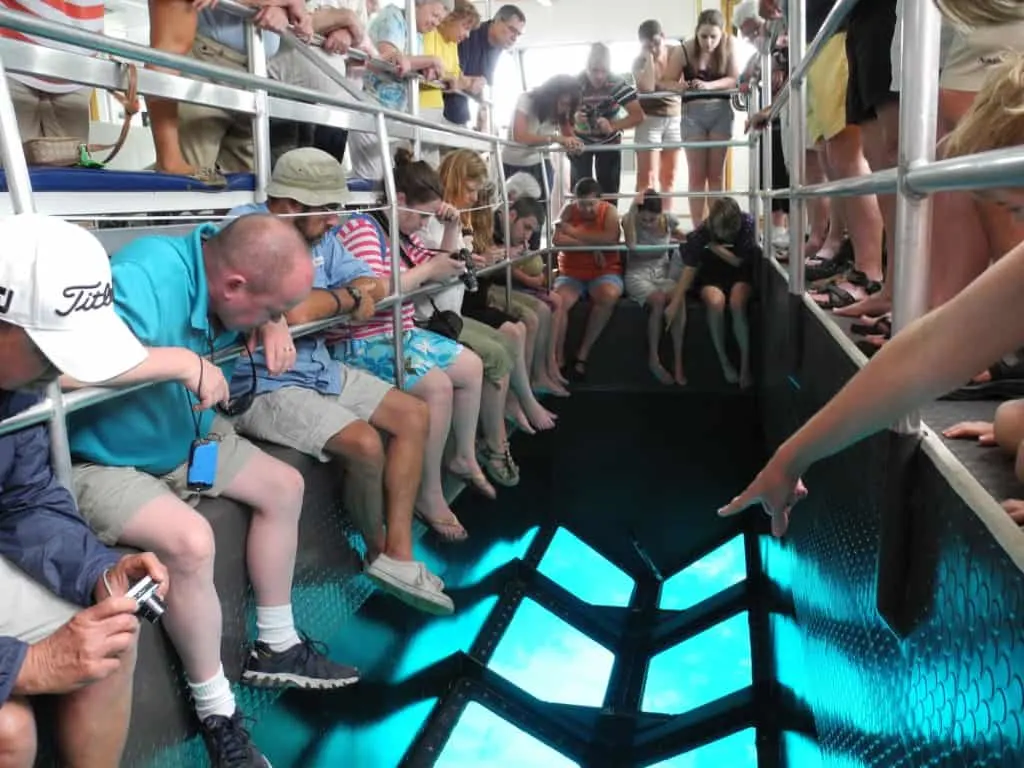
John Pennekamp Coral Reef State Park
John Pennekamp Coral Reef State Park was the first undersea state park in the country, created to protect the only living coral reef in the continental United States.
Visitors flock to this Florida Keys state park to visit the offshore reefs aboard dive boats, snorkel tours or glass-bottom boats. (The coral reefs are all too far off shore to reach by swimming or kayaking.)
One good place to snorkel from shore, though, is Cannon Beach right near the park’s entrance, where objects, including historic cannons, have been placed and which attract colorful fish.
Pennekamp also has kayaking, camping, a second small beach and two short nature trails.
The park itself extends three miles into the Atlantic Ocean and ranges 21 miles in length, adjacent to the Florida Keys National Marine Sanctuary, which protects the continuation of coral reefs within its 2,900 square nautical miles of waters from the Keys to the Dry Tortugas.
Here’s a Florida Rambler story on John Pennekamp Coral Reef State Park
- John Pennekamp Coral Reef State Park website
- Mile Marker 102.5
- Key Largo, FL 33037
- (305) 451-1202
- Day use admission is $8 per vehicle.
San Pedro Underwater Archaeological Preserve State Park
This underwater park has no land associated with it. It is located in 18 feet of water, approximately 1.25 nautical miles south of Indian Key off Islamorada.
The park protects what’s left (and there isn’t much) of the San Pedro, part of the Spanish fleet that sunk July 13, 1733, during a hurricane. Most pieces were salvaged after it was discovered in 1960, leaving only a pile of ballast stones.
Seven replica cannons, an anchor and a plaque were places with the ballast, and it is now full of marine life for divers to admire.
To dive the San Pedro, contact a dive shop in the Islamorada area.
- San Pedro Underwater Archaeological Preserve State Park
- 77200 Overseas Highway
- Islamorada FL 33036
- 305-664-2540
- San Pedro Underwater Archaeological Preserve State Park website
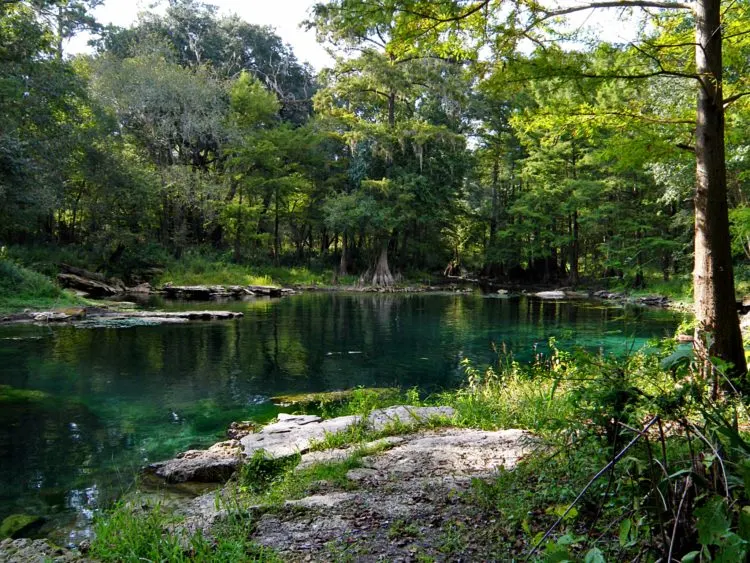
Wes Skiles Peacock Springs State Park
This park has land-based activities – I’ve walked the trails and looked at the spring-fed ponds in this forested park. But what this park is really all about is what you can only see underwater and, in this case, underground.
Wes Skiles Peacock Springs State Park is for cave divers, who scuba the extensive underwater cave system that includes two major springs, a spring run and six sinkholes, all in near pristine condition.
The park features one of the longest underwater cave systems in the United States. Divers must show proof of scuba certification to explore the underwater caverns.
For those who don’t scuba dive, a walking trail leads you through the park and provides information on what’s going on below your feet.
You can swim in two ponds — Peacock Springs and Orange Grove Sink, although when I visited on a cool day, nobody was swimming and the ponds lined with vegetation weren’t very inviting.
The park is named for the late Wes Skiles, a cave diver, explorer, photographer, documentary filmmaker and springs advocate. The “Peacock” in the name is for Dr. John Calvin Peacock, who moved from North Carolina with his family to the area near Peacock Springs in 1855 near the Suwannee River. Dr. Peacock made house calls in the area on his horse and buggy.
- Wes Skiles Peacock Springs State Park web site
- 8532 180th St.
- Live Oak FL 32060
- 386-776-2194
- Admission is $4 per vehicle
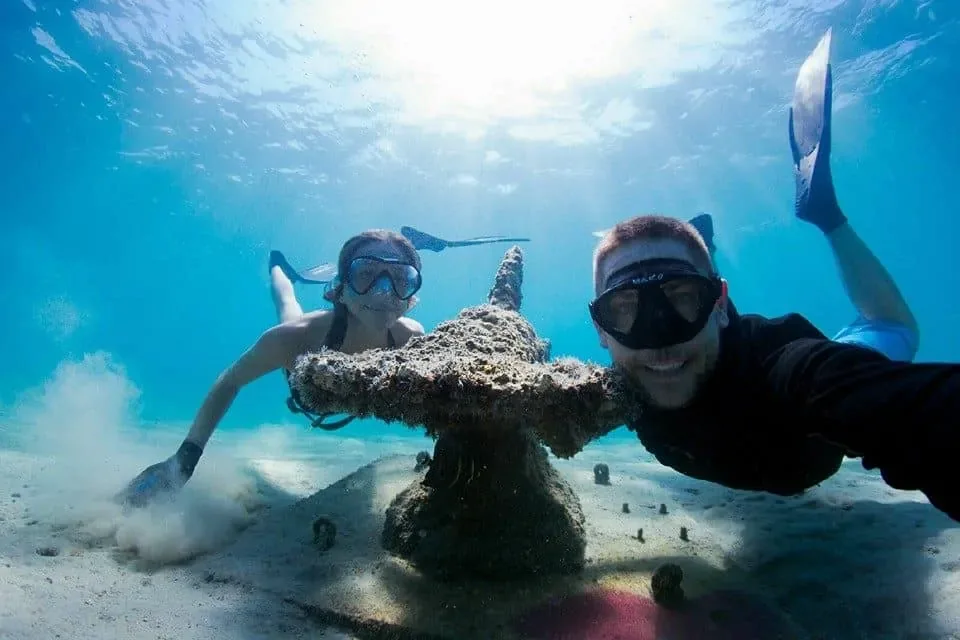
Phil Foster Park
The 15 acre island on the Blue Heron Bridge may have a boat launch, playground and parking lot, but the reason that parking lot fills up every weekend is underwater.
Divers have always found much to see in the clear waters around the Blue Heron Bridge in Riviera Beach, just north of West Palm Beach.
A few years ago, Palm Beach County took this popular snorkeling and scuba-diving site and made it better.
In a swimmable distance off the beach, the county built an 800-foot-long man-made reef and the Phil Foster Park snorkel trail in 6 to 10 feet of water. It attracts a volume and variety of sea creatures rarely seen from the beach.
This snorkeling site is well-known for the diversity of species. Squid, octopus, spotted rays, and starfish are regularly seen.
- Here’s a Florida Rambler story on the Phil Foster Park snorkeling trail
- 900 Blue Heron Blvd, Riviera Beach, FL 33404
- (561) 966-6600
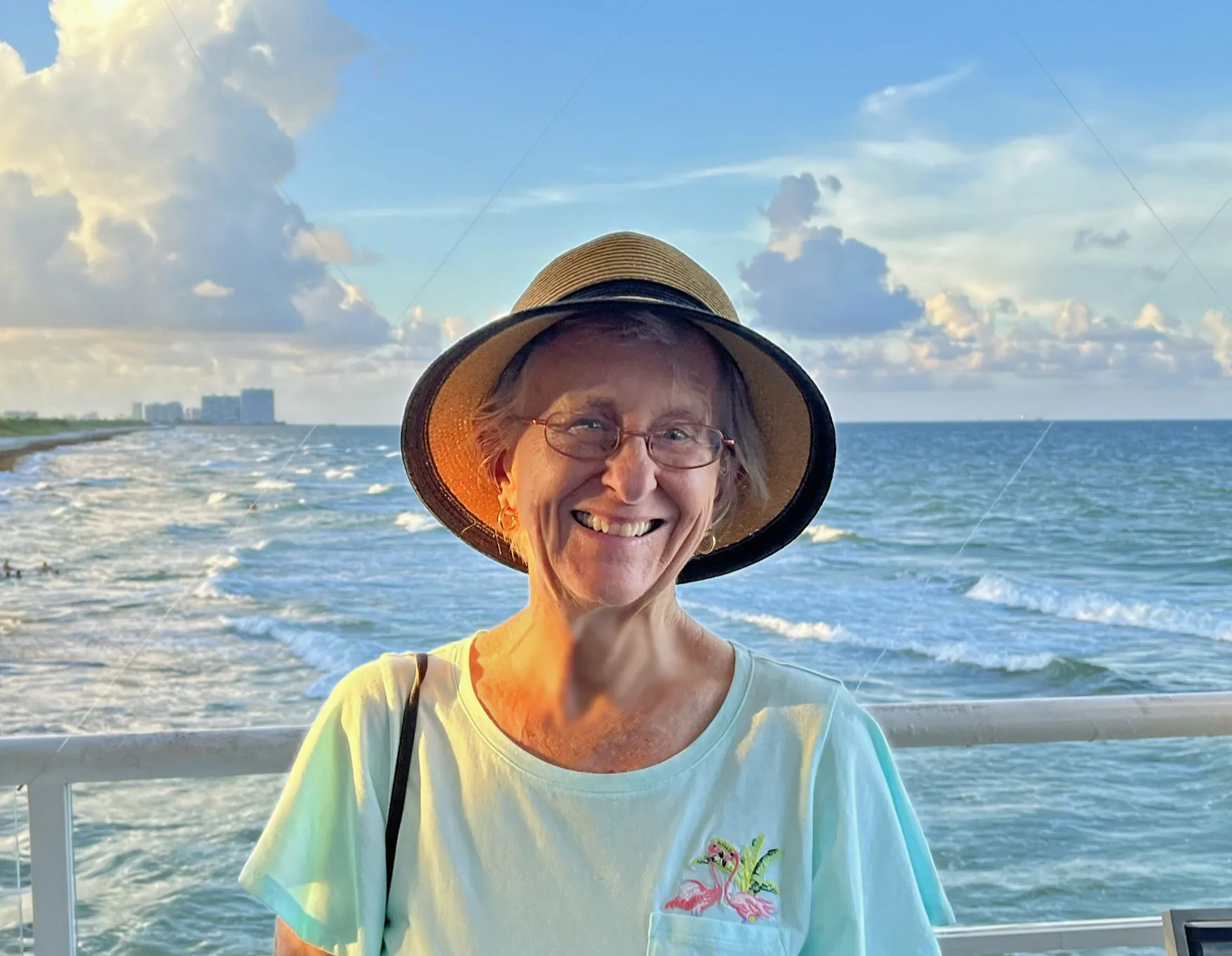
The author, Bonnie Gross, travels with her husband David Blasco, discovering off-the-beaten path places to hike, kayak, bike, swim and explore. Florida Rambler was founded in 2010 by Bonnie and fellow journalist Bob Rountree, two long-time Florida residents who have spent decades exploring the Florida outdoors. Their articles have been published in the Sun Sentinel, the Miami Herald, the Orlando Sentinel, The Guardian and Visit Florida.

Ed
Friday 13th of May 2022
Good luck getting camping reservations at John Pennekamp State Park? They’re gone in a couple of seconds after they open every day. Why don’t they go to a lottery system?
Bonnie Gross
Saturday 14th of May 2022
I agree there has to be a better way, including giving an advantage to Florida residents in making reservations.